I first met Jacob Drucker within a month of my moving to New York City. He was with a group of young naturalists 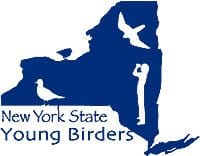 pulling invasive plants out of Forest Park. Since then I have only been able to stand back and watch in awe as he has become an amazingly good birder, with the advantage of youthful energy and ears. He practically owns Central Park now and whenever a good bird has been reported from Manhattan I immediately wonder if Jacob played a part in finding it. Jacob is currently the Records Chair of the New York State Young Birders Club and he will be heading off to college in the fall, much to the detriment of New York City’s birding scene. This post, which we at 10,000 Birds asked him to write, is about finding wood-warblers in spring.
pulling invasive plants out of Forest Park. Since then I have only been able to stand back and watch in awe as he has become an amazingly good birder, with the advantage of youthful energy and ears. He practically owns Central Park now and whenever a good bird has been reported from Manhattan I immediately wonder if Jacob played a part in finding it. Jacob is currently the Records Chair of the New York State Young Birders Club and he will be heading off to college in the fall, much to the detriment of New York City’s birding scene. This post, which we at 10,000 Birds asked him to write, is about finding wood-warblers in spring.
This past March, as birds began making their north back to their breeding grounds, I took a deep breath and said to myself: “There’s more to migration than wood-warblers, and I am going to make a point to really focus on other birds this migration – ducks, shorebirds, raptors, flycatchers, sparrows – they’re all too overlooked in comparison to their brightly colored migratory company.” For most of March, and the beginning of April, this tactic went pretty well. By focusing on non-warblers, I spent more time birding places other than the typical Manhattan birder’s usual haunt -Central Park’s Ramble – thus seeing a greater variety of waterbirds and other goodies, but as soon as I saw my first Pine Warbler, things began to change very quickly.
With migrant traps all around the city reporting an eclectic variety of Parulids, warblers became my key focus. And I had no regrets! I excitedly sought out every new type of warbler that trickled through Central Park. For a while, warblering entailed walking around the edge of water bodies and through the wooded areas of the park, looking through flocks of goldfinches and kinglets in the treetops.
However, on the evening of April 22nd, the first major warm front of the season passed through, and with it came 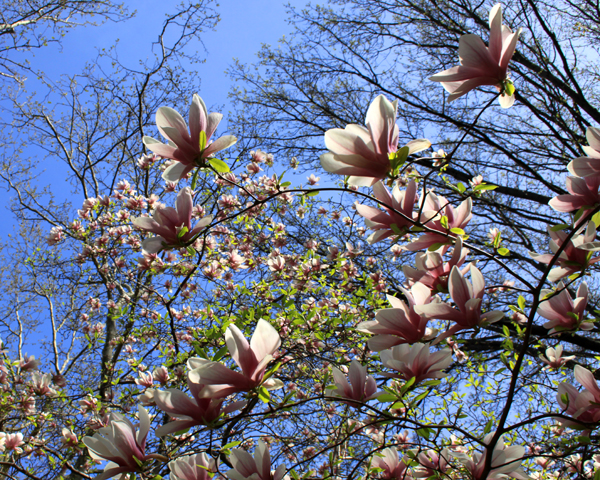 migrants! Though I was out of town, the quantity and quality of wood-warblers reported from Central Park reflected that wood-warbler season was officially in full swing. I made a point to be in the park before sunrise the first morning I got back into town, on April 26th, and sure enough, it payed off! Within a few hours, after covering not even half a mile, I wracked up a solid 18 species of warbler, just on a single path! The star of the show was a Yellow-throated Warbler, that was relocated from the day before, as well as Worm-eating and Hooded Warblers, not to mention staggering numbers of Prairie, Palm and Yellow-rumped Warblers and Northern Parula. The songs, colors and liveliness of all these birds were simply too much to pass up, and my warbler fever for the season truly began.
migrants! Though I was out of town, the quantity and quality of wood-warblers reported from Central Park reflected that wood-warbler season was officially in full swing. I made a point to be in the park before sunrise the first morning I got back into town, on April 26th, and sure enough, it payed off! Within a few hours, after covering not even half a mile, I wracked up a solid 18 species of warbler, just on a single path! The star of the show was a Yellow-throated Warbler, that was relocated from the day before, as well as Worm-eating and Hooded Warblers, not to mention staggering numbers of Prairie, Palm and Yellow-rumped Warblers and Northern Parula. The songs, colors and liveliness of all these birds were simply too much to pass up, and my warbler fever for the season truly began.
From here, diversity and numbers of warblers passing through Manhattan only increased. Birding before school became routine for me–on May 2nd, I had 21 species of warblers in an hour and half before school.
Then, the very next day, May 3rd, I got up at 5:30 as usual, checked the radar, and dropped my jaw–the radar from the night before was glowing as if it were nuclear waste! I bolted out the door and practically ran to the park. And though I thought the previous days had been birdy (and don’t get me wrong, they were), the density and diversity of birds that day was astounding. Before I even got to the park, I encountered warblers in urban street trees, and a few flying overhead in morning flight. There was more song by far in the park than there had been at any point that season. Warblers were everywhere. The birding was too good to go to school–I spent the next eleven hours birding Central Park from north to south end and back. That day, I saw 97 species of birds, 26 of which were warblers, including Yellow-throated, Cape May, and a self-found Kentucky Warbler, not to mention Summer Tanager, Olive-sided Flycatcher and Red-headed Woodpecker! It was a staggering day, both physically, mentally and emotionally, truly reflecting what urban migrant traps have to offer for birds and birders alike.
But the best thing about migration and warblers is that you can see them anywhere. Just yesterday I was watching warblers with my girlfriend Lila in Union Square, relaxing to the loopy sounding song of a Black-throated Blue Warbler, while a Northern Parula foraged above. In May, There really is no escape from wood-warblers whether you like it or not. Their feathery masses of beauty and energy are always on the move, and this lands them both the most expected and unexpected places. There is no excuse to not look! We can only hope that with today’s conservation issues that our lives will continue to be enhanced by wood-warblers!
————————————————————————————————————————————————
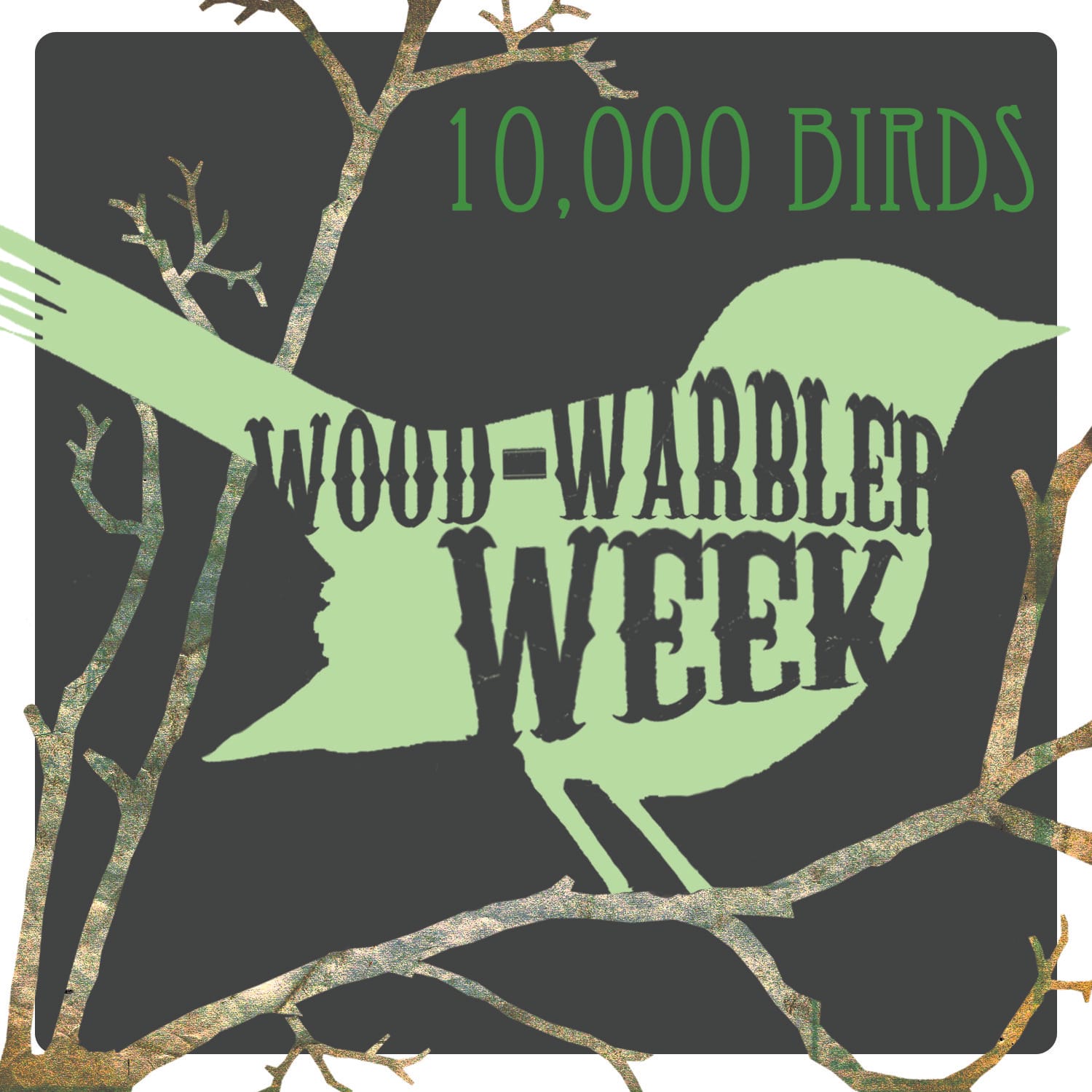 This week, 8 May – 14 May 2011, is Wood-Warbler Week on 10,000 Birds! Though wood-warblers, the mostly brightly colored birds of the family Parulidae, are only found in the New World we felt that birders the world over would be pleased to see a plethora of posts about these striking and sought after species. We are devoting a whole week to wood-warblers but are only just barely scratching the surface of possible topics involving this amazing family of birds.
This week, 8 May – 14 May 2011, is Wood-Warbler Week on 10,000 Birds! Though wood-warblers, the mostly brightly colored birds of the family Parulidae, are only found in the New World we felt that birders the world over would be pleased to see a plethora of posts about these striking and sought after species. We are devoting a whole week to wood-warblers but are only just barely scratching the surface of possible topics involving this amazing family of birds.
Right now great flocks of wood-warblers are making their way north from the southern United States, Mexico, the Caribbean, Central and South America to breed across the United States and Canada. Many other non-migratory wood-warbler species are living their lives across the neotropics, doing their best to survive and pass on their genes. Wood-Warbler Week is a celebration of all wood-warblers and we hope you join us in celebrating these absolutely wonderful birds. Read about them here but also get out and experience them. You won’t regret it!
————————————————————————————————————————————————

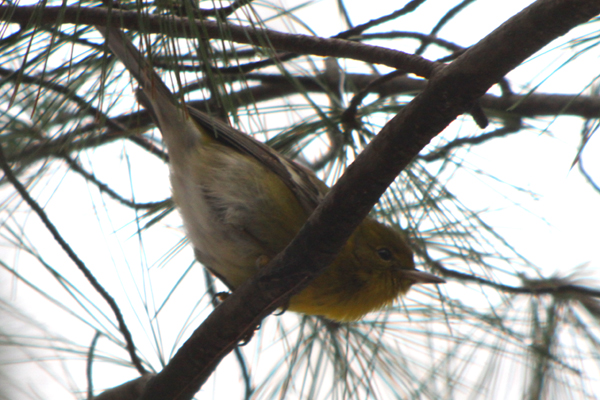
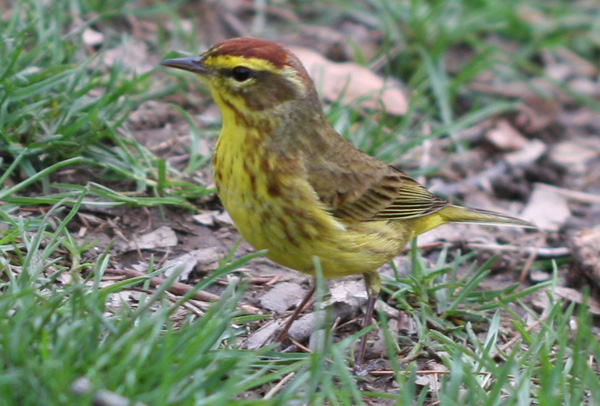




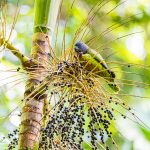
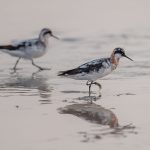
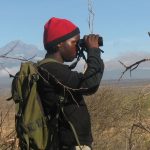
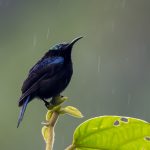
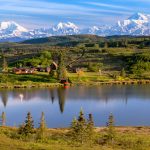
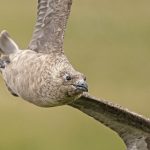
I wish I could have been in Central Park on May 3rd!
Excellent post, Jacob. I think we should all take off work or school when the streets are full of migrants. We need to make them feel welcome .